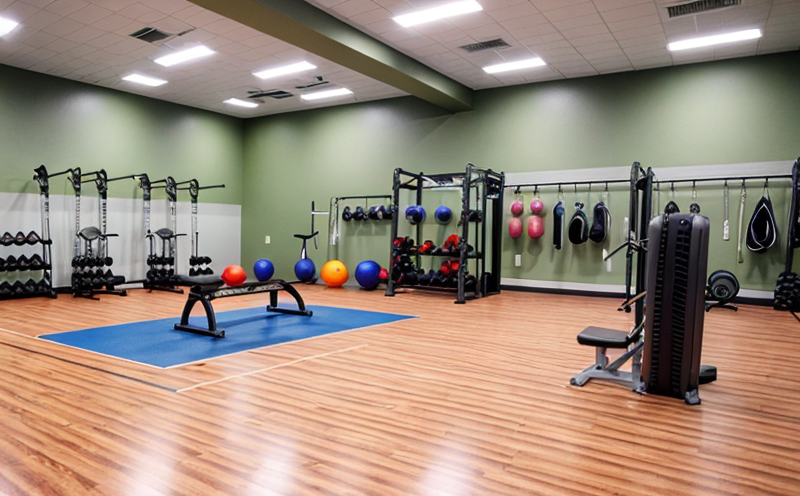Wear Resistance Testing in Sporting Goods Materials
The durability and longevity of sporting goods are paramount to ensuring that they meet the rigorous demands placed upon them by athletes. Wear resistance testing is an essential process for quality managers, compliance officers, R&D engineers, and procurement teams within this sector. This form of testing evaluates the abrasion resistance of materials used in various sports equipment, from running shoes to cycling helmets.
Wear resistance testing involves subjecting samples to controlled conditions that simulate real-world usage scenarios. The goal is to determine how resistant a material is to wear and tear during typical use. This can involve mechanical abrasion tests using standardized test methods such as ISO 10346 or ASTM D3786.
For instance, in the case of running shoes, the sole material must withstand continuous contact with various surfaces—whether it's asphalt, dirt trails, or indoor gym floors. Similarly, cycling helmets need to endure impacts and abrasions during falls and crashes. Accurate testing is crucial for ensuring that these products meet safety standards set by organizations like ASTM F1492.
During the test, specimens are subjected to frictional forces while being rubbed against a specified abrasive material under controlled conditions. The amount of wear or loss in weight over time indicates the material's resistance to abrasion. This data is then used to assess whether the product will perform as expected throughout its lifecycle.
The importance of this testing cannot be overstated, especially given that many consumers rely heavily on these products for their safety and performance. By conducting thorough wear resistance tests early in the development process, manufacturers can identify potential issues before they become costly problems later down the line. Additionally, meeting regulatory requirements ensures compliance with industry standards.
| Product Type | Testing Methodology |
|---|---|
| Cycling Helmets | ASTM F1492-18 Abrasion Resistance Test |
| Running Shoes | ISO 10346:2006 Abrasion Testing |
In conclusion, wear resistance testing plays a critical role in the development and production of high-quality sporting goods. It helps ensure that materials are durable enough to withstand repeated use while maintaining safety standards. Understanding these tests allows manufacturers to create products that not only perform well but also last longer, providing better value for money.
Benefits
- Enhanced Durability: Identifies materials that can withstand harsh environmental conditions and frequent use.
- Better Safety: Ensures that products meet or exceed safety standards, protecting users from potential hazards.
- Increased Consumer Satisfaction: Products that last longer are generally more appealing to consumers.
- Potential Cost Savings: Early identification of problematic materials reduces rework and waste.
Industry Applications
| Product Category | Testing Methodology |
|---|---|
| Cycling Helmets | ASTM F1492-18 Abrasion Resistance Test |
| Running Shoes | ISO 10346:2006 Abrasion Testing |
| Basketball Shoes | ASTM F2758-18 Abrasion Resistance Test |
Quality and Reliability Assurance
- Material Selection: Ensures that only suitable materials are used in product development.
- Process Optimization: Identifies areas where manufacturing processes can be improved for better results.
- Compliance Verification: Confirms adherence to relevant standards and regulations.





